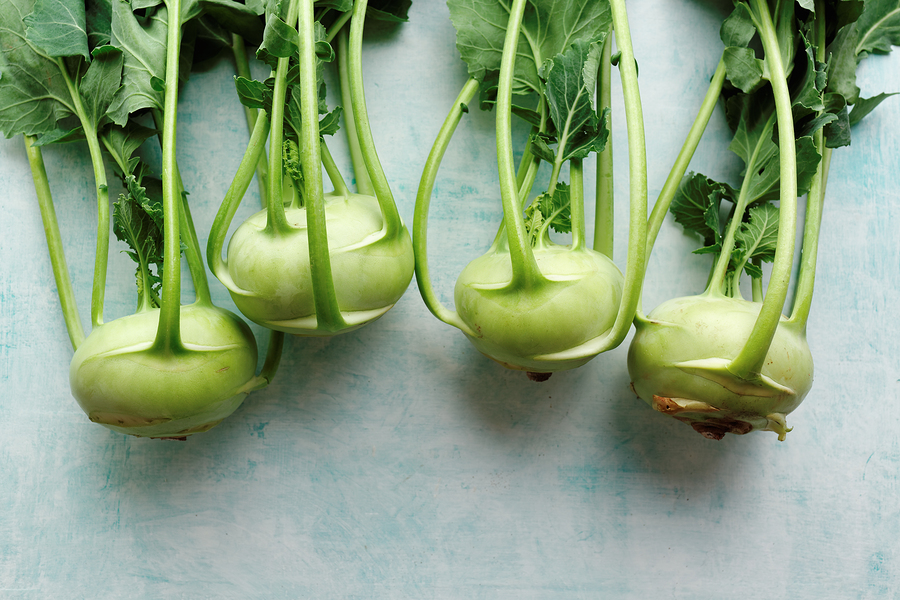- Make It Yourself Lavender Heart-Shaped Bath Bombs!
- 20 Things You Never Knew About “Down There”
- 12 Best Foods For Those Suffering From Arthritis Pain
- 12 Personal Hygiene Mistakes Almost Everyone Makes (Mom Never Told You About #4!)
- 15 Medicinal Plants And Herbs From The Cherokee People
- 12 Mind-Blowing Benefits Of Drinking Coconut Water During Pregnancy
- 12 Outstanding Winter Foods That Won’t Fatten You Up Like A Christmas Turkey
What Is Kohlrabi And How Can It Improve Our Heath?

Photo credit: bigstockphoto.com
You may have seen one at the grocery store and maybe you have even known its name. But what exactly is kohlrabi and what can it do to make you feel better?
Not only does kohlrabi hail from Germany, it has been called a German turnip. It comes from the same family as broccoli, kale, cabbage, cauliflower, brussels sprouts, and collard greens. Its stems taste like turnips and the taste of the vegetable itself resembles that of a broccoli stem. There are purple and white versions of this stem vegetable but the insides are the same white to cream colored flesh.
Kohlrabi is available from November through March. When selecting your vegetable, make sure it has a little weight to it but avoid those that are cracked or have cuts on the skin. You can keep them at room temperature for up to 5 days and if you plan on holding onto them longer you can store them in the refrigerator.
You can eat kohlrabi raw or cooked. You can also cook the stems of the vegetable as you would spinach, sautéing them in olive oil and garlic. Make sure you remove the tough outer layer of kohlrabi. This vegetable tastes great roasted with a little olive oil and salt, it’s great in soups, it can be made into fritters, and it can be steamed and pureed with some cream added to it. Here are the health benefits of kohlrabi.
1. Weight loss
In the same way that kale was hailed as the new superfood, kohlrabi is being recognized in the same manner. At just 4 calories for a slice, this superfood can be added to your diet with ease. It has zero grams of fat, no cholesterol, 3 mg of sodium, only 1 carbohydrate, and just under 1 gram of fiber. You can find a way that you best enjoy the taste of it and you will be able to eat a substantial portion if you ever feel as though you are too hungry to stay on your diet.
2. Blood pressure
Kohlrabi contains 56 mg of potassium which is responsible for keeping the fluids in your body regulated. It works with sodium in maintaining the movement of fluids through the cells. This takes the strain off of the heart as well as reducing the tension of the arteries and blood vessels. These are all issues that help to reduce your blood pressure and in turn keep issues with your cardiovascular system under control.
Continue to Page 2
































